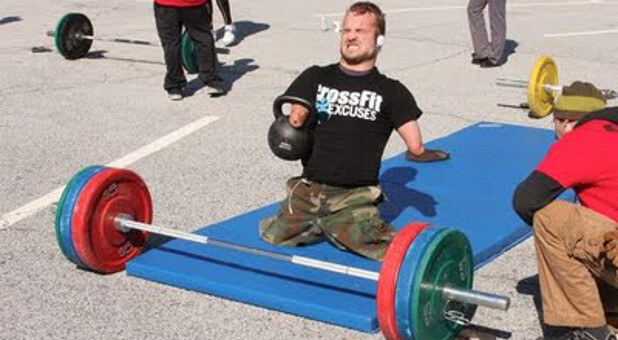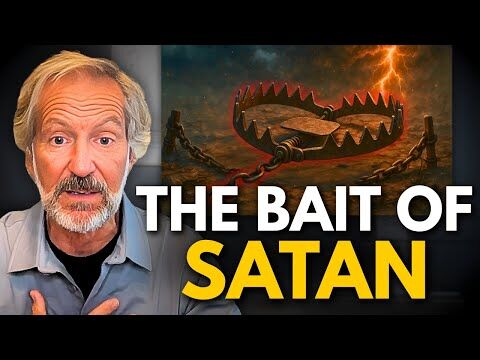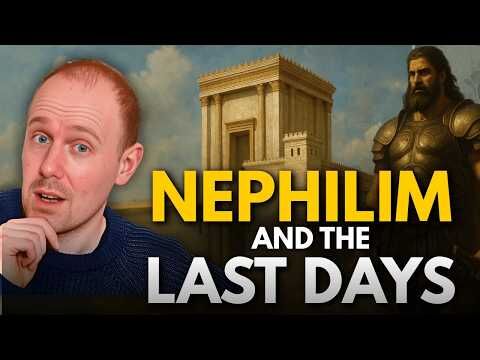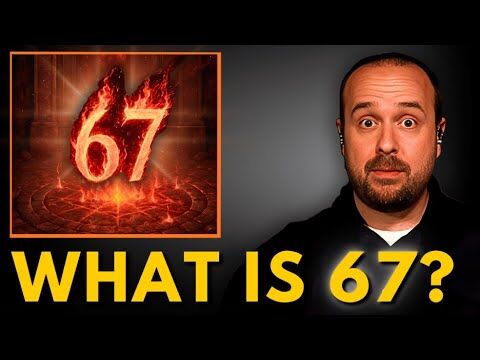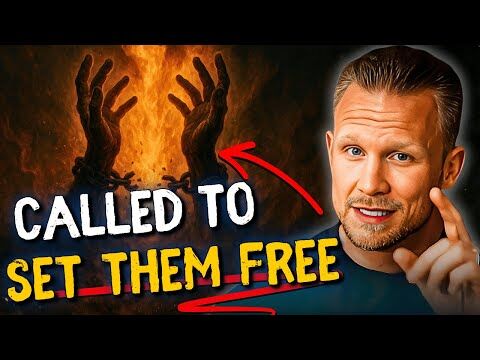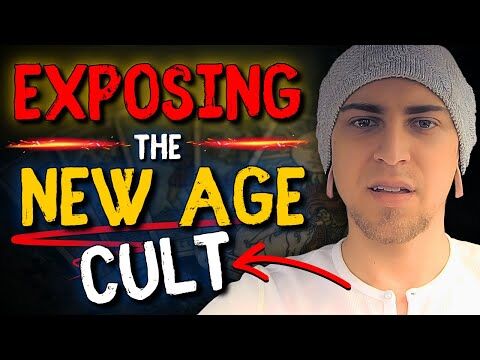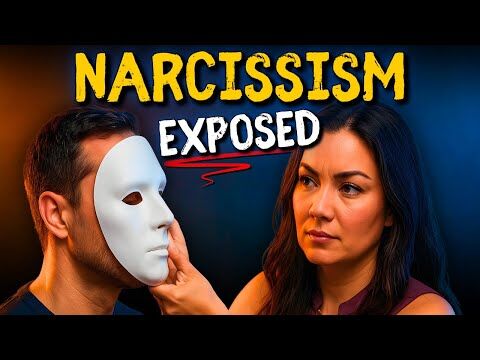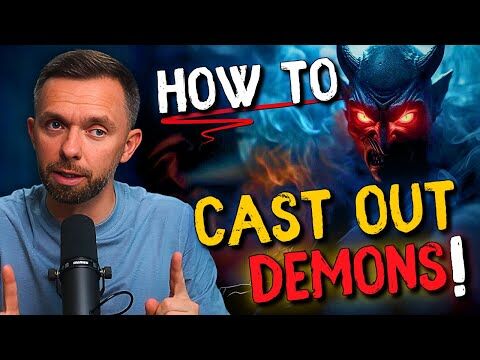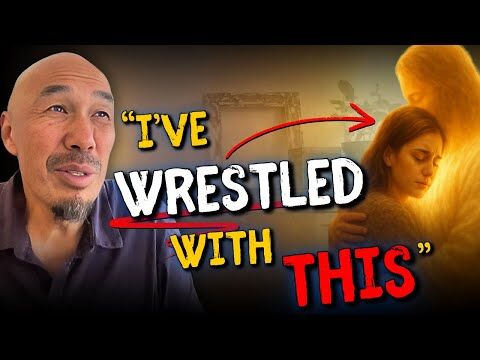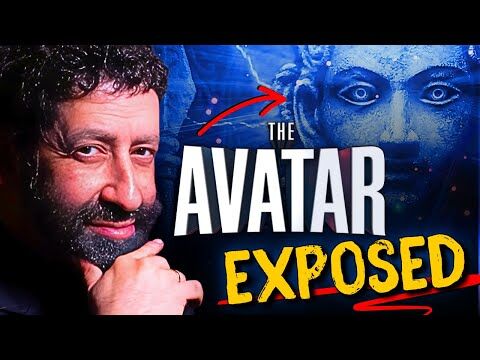My good friend Marquette is a personal trainer in what we CrossFitters affectionately call a “globo gym,” that is, a spacious, air-conditioned facility full of state-of-the-art machines, a class schedule offering everything from aerobics to Zumba, and maybe even a sauna or two in the locker rooms.
I was a guest on Marquette’s Blog Talk Radio program last week; the show was simply titled “What Is CrossFit?” Many globo gymgoers (and you may be among them) think only fire fighters, former Marines, and “bulky” women do CrossFit—if they are familiar with the training method at all.
As popular as CrossFit has become over the last several years, longtime fitness enthusiasts still aren’t sure what the fuss—and some may say “fanaticism”—surrounding CrossFit is all about. I frequently hear the following questions:
- “Is it just for hard-core fitness nuts? I think I’m too old/too out of shape.”
- “What is a CrossFit class like? And what on earth does ‘WOD’ mean?”
- “Why are there so many elements involved with CrossFit? I’d rather just run/lift weights.”
I hope to adequately answer those questions in this article, and perhaps even encourage you to give CrossFit a try!
Question 1: “Is it just for hard-core fitness nuts? I think I’m too old/out of shape.”
The short answer is a resounding no. In fact, CrossFit warmly welcomes everyone. High school athletes, grandparents, even congenital amputees like the inspirational wrestler, CrossFit instructor and motivational speaker Kyle Maynard call themselves CrossFit athletes.
Each and every workout is scalable, meaning it can be modified to accommodate any level of fitness. For example, if you can’t perform a traditional unassisted pull-up, you can grab a pair of Olympic rings suspended from the ceiling and do ring rows, which are an excellent way to develop the upper body strength required for conventional pull-ups. When ring rows become too easy, you can step in a resistance band to help pull yourself to the top of the pull-up bar. The number of rounds and repetitions prescribed for a particular workout can also be altered to suit beginners or the elderly.
The duration of a typical CrossFit class is one hour. Coaches guide athletes through a 10- to 15-minute warm-up comprising various exercises that ensure your body is well prepared for a fun, safe and effective workout. For more on the importance of warming up, check out my article on the subject here.
After the warm-up comes the WOD, an acronym for “Workout of the Day.” This is the “insane,” “hard-core,” high-intensity part you’re probably familiar with and/or intimidated by!
Unlike a Zumba, yoga or indoor cycling class, CrossFit classes are purposefully unpredictable. What I mean is, you may attend a class on Monday that consists of three rounds of 20 pull-ups, 30 push-ups and a 400-meter (quarter-mile) run to be completed as quickly as possible. Then on Tuesday, you may see written on the WOD whiteboard nothing but “Not For Time: 5-5-5-5 Back Squats,” which means you would take your time performing four sets of five heavy squats with the barbell resting across your upper back and shoulders.
Another day might feature a 15-minute AMRAP, which stands for “As Many Rounds as Possible.” In 15 minutes, you would perform as many rounds of a given sequence as possible—for instance, 20 sit-ups, 15 box jumps and a 200-meter row. Again, remember that all of the exercises—even the sit-ups—and the number of repetitions can be scaled to meet your unique fitness level and accommodate any injuries or health concerns you may have.
After the WOD, your coach will likely dedicate five to 15 minutes to stretching and mobility exercises using foam rollers, trigger point balls or resistance bands that will help you recover from the work you just completed. CrossFitters often find they are significantly less sore after they stretch and foam roll, which is a strong incentive to stick around and do so rather than jetting off after the WOD ends.
Note: Between the WOD and the cool-down, you may do what is often referred to as a “cash-out” or “metabolic finisher.” This consists of a short burst of activity, like sprinting intervals, designed to boost your metabolism and calorie-burning through excess post-oxygen consumption, or EPOC, without sacrificing muscle mass. The cash-out also challenges and builds mental toughness! It can be as easy or difficult as you choose to make it.
Question 3: “Why are there so many elements involved with CrossFit? I’d rather just run/lift weights.”
CrossFit is all about making you your fittest, not the best at one specific activity, like powerlifting or running. It isn’t just about being strong, fast, lean and mean. It’s about being able to actively participate in and enjoy every stage of life by having a body capable of doing things that require strength, speed and a healthy cardiovascular system.
Whether it’s spending time at the park playing with your grandkids or hiking the Himalayas, CrossFit will help prepare you for just about anything.
If you’re an avid runner, you may not enjoy a WOD that features heavy deadlifts and other strength-training movements. But as you grow stronger in the area of weightlifting, you may find yourself enjoying those days more and more and noticing how light formerly heavy objects now seem to be! Or you may have a bodybuilding background and would rather poke your eye with a fork than run half a mile, but doing aerobic workouts you’re not comfortable with or, frankly, not very good at are what will make you a better athlete and fitter person all around.
CrossFit is not easy. It doesn’t get easier—“and you wouldn’t want it to, either,” as CrossFit founder Greg Glassman has stated. The challenges presented in CrossFit are meant to push your limits, take you the edge your comfort zone and ask you to cross it and strengthen your mind as much as your body.
You may indeed find that you feel more confident and prepared to overcome obstacles and weather life’s storms after doing CrossFit for a few weeks because you’ve trained your mind to replace the defeating phrase “I can’t” with the victorious declaration “I can!”
“Consider it a sheer gift, friends, when tests and challenges come at you from all sides. You know that under pressure, your faith-life is forced into the open and shows its true colors. So don’t try to get out of anything prematurely. Let it do its work so you become mature and well-developed, not deficient in any way” (James 1:2-4, MSG).
Diana Anderson-Tyler is the author of Creation House’s Fit for Faith: A Christian Woman’s Guide to Total Fitness. Her popular website can be found at www.fit4faith.com, and she is the owner and a coach at CrossFit 925. Diana can be reached on Twitter.
For the original article, visit dianafit.com.

